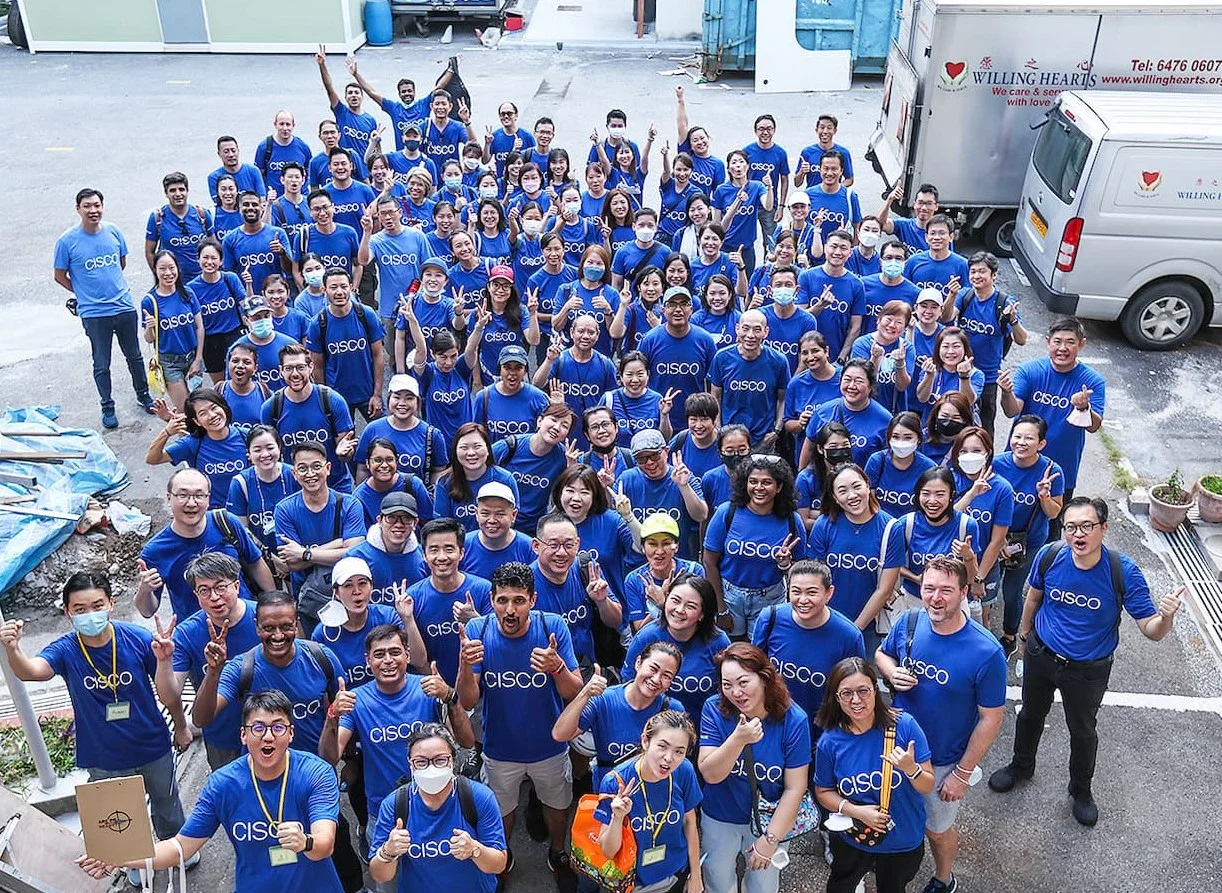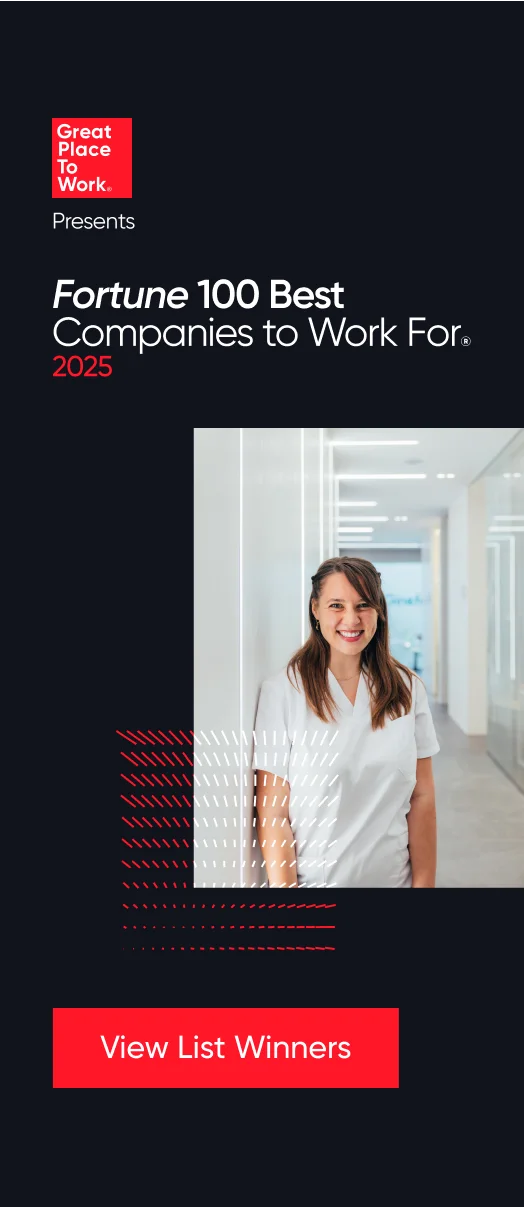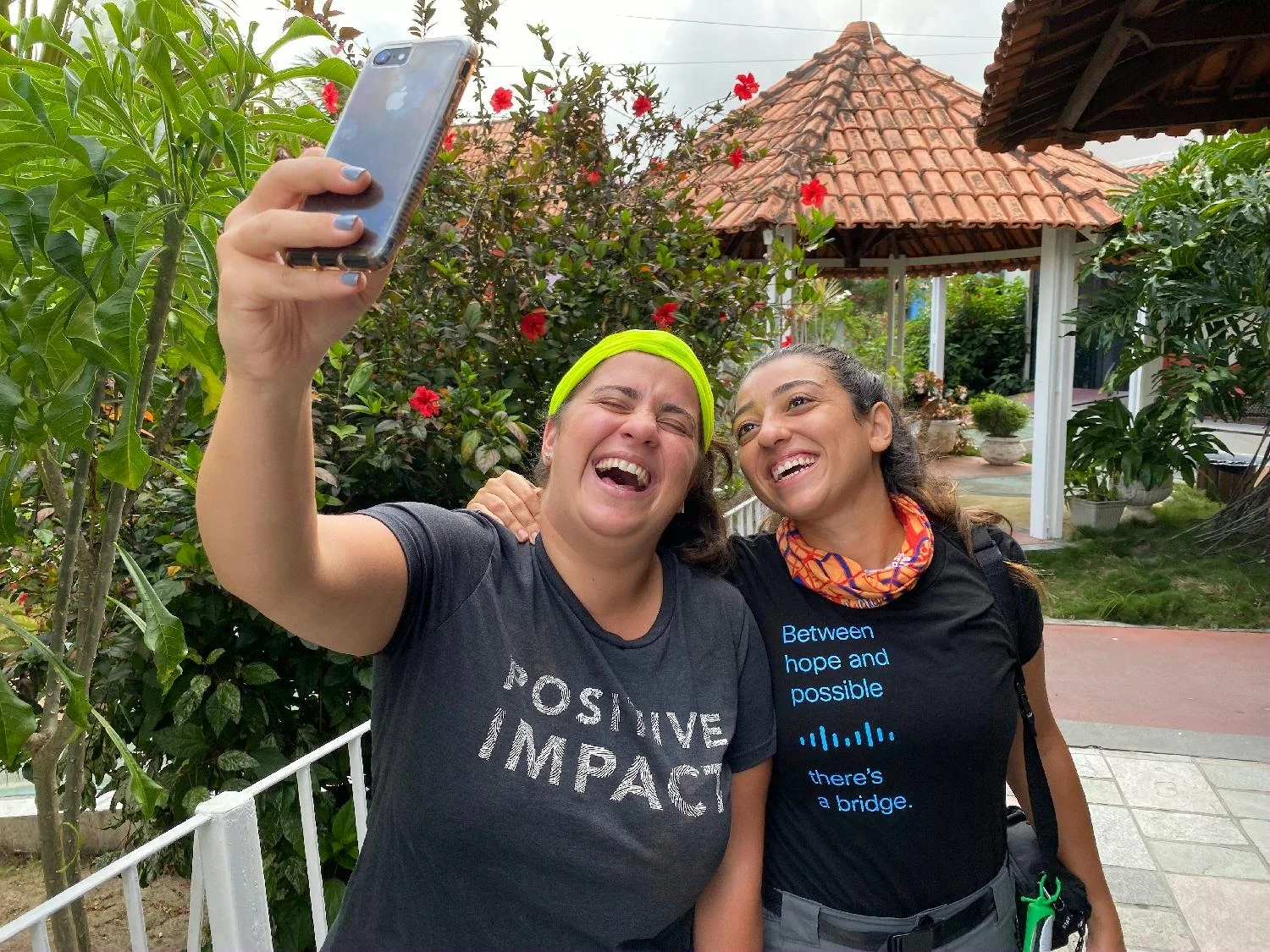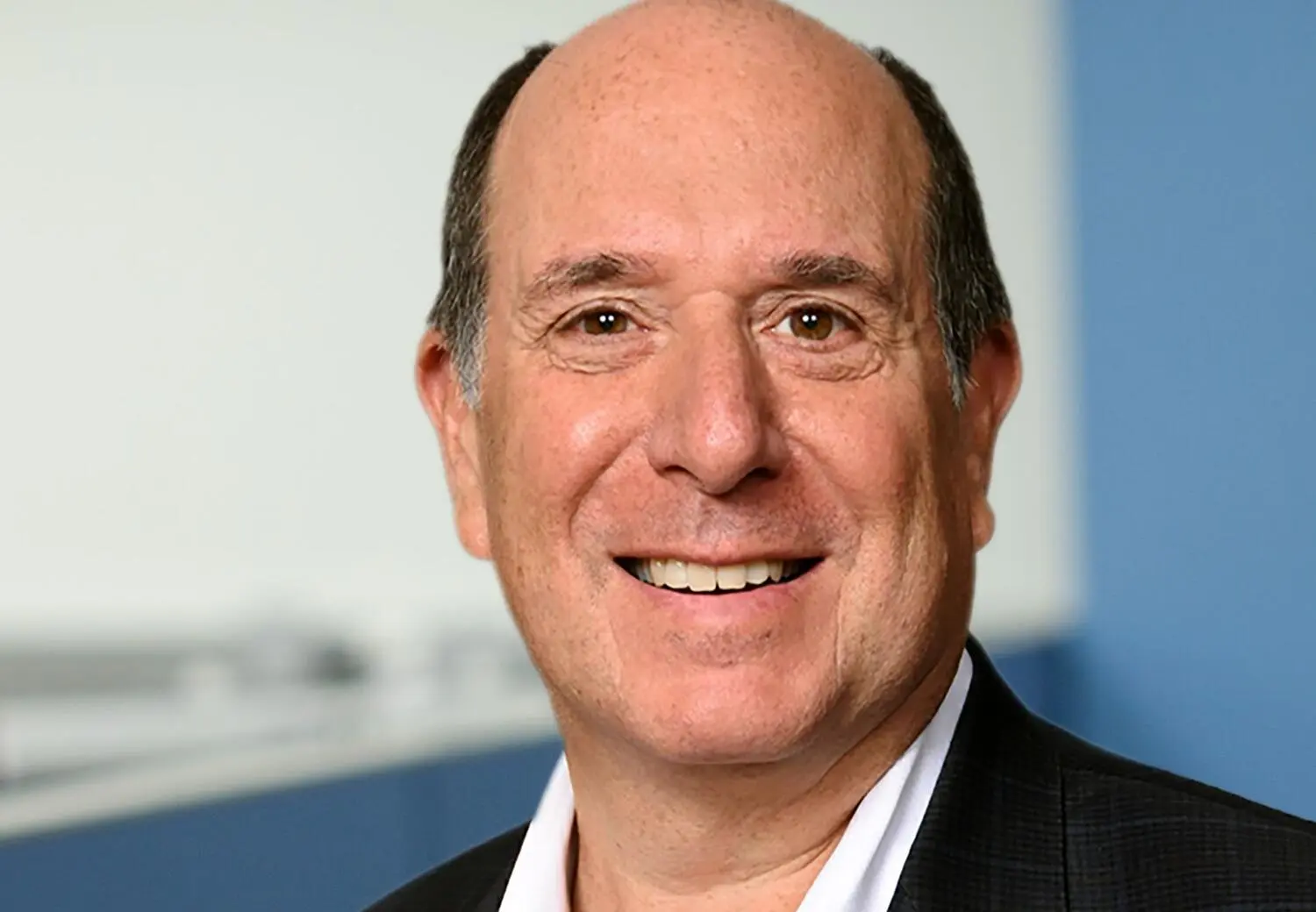Best Workplaces, Employee Experience
Employees are more likely to report fair promotions, special and unique benefits, and a caring environment that supports their health and well-being.
Asia has struggled to recover from the COVID pandemic, a fact underscored by China — largest economy in the region — having lower than expected growth and record high youth unemployment.
The numbers paint a clear picture of the challenges faced by business leaders throughout Asia. Every company must look to maximize the potential of their employees, increasing efficiency and productivity.
The 2023 Best Workplaces in Asia™ List offers a guide for how to accomplish this goal. At companies who made this year’s list, 90% of employees say people give extra effort at their company.
What inspires these employees to work harder and sacrifice more to help their employer succeed? At the Best Workplaces™, employees consistently report a higher level of care from management and from their co-workers.
“When you show employees how much you care, they will reward you with hard work, higher innovation rates, and higher productivity,” says Michael C. Bush, CEO of Great Place To Work®.
“The Best Workplaces in Asia demonstrate the value of investing in your employees and creating an equitable environment where everyone can succeed.”
This year’s list includes 200 companies from Asia and the Middle East, with winners being selected for one of three size categories: small and medium (10–499 employees), large (500+ employees), and multinational companies (more than 1,000 employees, among other criteria).
Extraordinary care
In many ways, the actions that set apart the Best Workplaces in Asia from a typical workplace are those that demonstrate an higher standard of care for employees.
In a global benchmark study, only 57% of global employees said their co-workers cared for each other and only 65% said they could be themselves at work. Only 55% of employees at a typical company say their workplace is psychologically and emotionally healthy.
The Best Workplaces in Asia show these numbers can be dramatically improved.
For winning companies, 88% of employees report a psychologically and emotionally healthy workplace. Even better, 90% of employees say they can be themselves and 91% say their co-workers care for one another.

This increased level of care is best captured in stories like one from manufacturing and production company Leminar, No. 19 in the large category. When a four-decade veteran of the company developed a debilitating eye condition on his return home to India, the company leapt into action. They helped ensure his visa would still be valid and ensured he received medical and emotional assistance until he could heal and at last return home.
At the Best Workplaces in Asia, 88% of employees say that management delivers on its promises — 11 percentage points higher than the benchmark for other workplaces surveyed. Such a high approval rating is achieved because when leaders say they care for their employees, they also take action to show just how much they care.
Offering flexibility
Flexible work options are another way that companies are showing care for their workers. Many companies on the Best Workplaces list cited flexible work as one of their tools for promoting employee well-being and tailoring work benefits to meet the individual needs of workers.
At Cadence, No. 10 in the multinational category, managers are trained on how to make team meetings more flexible and accommodate both in-person and remote employees.
At Hilton, No. 2 in the multinational category, flexible work means something a little different. The hospitality industry requires employees to be present in-person at the property every day, so Hilton looks for other ways to offer flexibility.
“Flexibility is more than choosing whether to work in-person or remotely,” Hilton shares. The hotel brand is thinking about how to offer flexible scheduling, floating holidays, and job-sharing, to allow employees to balance their personal lives and responsibilities with work commitments.
Hilton gives an example of this flexibility in practice: At the DoubleTree by Hilton Arpora in India, four times a month, team members are provided the flexibility to arrive early or late for their normal workday by 2 to 3 hours.
Employees say they value efforts to tailor benefits to meet their unique needs.
At the Best Workplaces in Asia, 84% of employees report having special and unique benefits — an impressive 14 percentage points higher than the mark set by other workplaces that participated in the survey.
Fair promotions and training opportunities
Training and development programs are another way that companies in Asia demonstrate care for their employees, investing in their careers and professional goals.
At the Best Workplaces in Asia, 84% of employees report that managers at their company avoid favoritism and promote fairness — 12 percentage points higher than the benchmark for other participating workplaces.
That can only happen when companies increase opportunities for development and training, and create a clear path for advancement into leadership roles.
At DHL Express, No. 1 in the multinational category, a program called Shift Up a Gear helps more women reach leadership positions in the organization. The company also offers leadership training to all employees through its Certified International Specialist program, where employees undergo specific training to learn about DHL’s unique culture and operations.
Deloitte, No. 6 in the multinational category, has invested in Deloitte University, where it builds state-of-the-art facilities and curricula to develop future leaders for the organization. Facilities are present in every region where Deloitte operates, with a new facility being built in China.
The Best Workplaces are also focused on bringing new voices into the leadership of their organization, with many companies in the region focused on helping women grow their careers.
At these companies, 84% of employees report that promotions are fair at their company, 11 percentage points higher than the average for other workplaces surveyed.
Improving fairness
Medtronic, No. 7 in the multinational category, has a Women Leadership Accelerator program that equips and prepares women to grow into leadership roles at the company. The program has four main goals:
- Create a community of support through networking
- Train and educate participants on the executive operations at Medtronic
- Pair individuals with dedicated mentors, coaches, and sponsors
- Offer hands-on experience to help participants grow their skills
“Now I know how to deal with imposter syndrome,” shares one participant.
Helping women grow their careers is also a focus for Cisco, No. 3 in the multinational category.
The tech company built a Women’s Inventor Network program to increase the number of female inventors who obtained patents for their ideas. Teams were assigned an experienced mentor to help them navigate the patent application process, with the ultimate goal of submitting a patent proposal into the Cisco Patents Online system.
Regardless of outcome, all participants are given feedback on their proposals, allowing employees to take risks and participate in the innovation process. The result? More employees feel their work is meaningful and the company also increases the number of people contributing new ideas and strategies.
At winning workplaces, 90% of employees believe they “make a difference” — an experience that has been found to improve well-being for employees, boost retention rates, and drive higher rates of innovation.
How to make the list
Think your company deserves special recognition? Get started here to become eligible for next year’s Best Workplaces honors.











